The ASUS TUF X99 Sabertooth Review
by Ian Cutress on July 22, 2015 10:00 AM EST- Posted in
- Motherboards
- Asus
- TUF
- X99
ASUS TUF X99 Sabertooth Software
The regular set of bytes reserved for ASUS’ software falls in the lap of AI Suite 3, which we’ve covered at AnandTech numerous times before. The TUF line of motherboards is in most regards similar, with fast charging and USB boost technologies included, however the main feature is no longer overclocking. Rather than promote overclocking (even on an overclockable chipset and an OC socket installed), the focus for AI Suite is monitoring and control. As a result we get Thermal Radar instead of 5-Way Optimization:
In a similar context to 5-Way Optimization though, users can either go through each option manually and adjust to their liking or use a couple of clicks and let the system configure it all for itself. On the image above, the left hand side has all the temperature sensors with the three thermistor headers at the bottom for allocation:
Because two self-build systems are rarely alike, the software also allows the configuration of each fan placement within the chassis:
After a quick test, the software will produce appropriate fan profiles for each to minimize dead zones. If you accidentally happen to put a liquid cooling pump power connector into the CPU fan, you might get a fan profile like this:
After the system is finished, the user can fine tune each setting including Fan Overtime and Dust-de-fan:
With a compatible video card, the fan on the GPU can also be controlled with acceleration and deceleration (i.e. hysteresis) time allowing the heat generated during the game to be dispelled quicker at the end of gameplay.
ASUS offers an overall assessment of the cooling capabilities of the system, along with a rating:
Fan speeds, temperatures and voltage can also be recorded in the Recorder menu option:
Similarly to the BIOS and previous AI Suite implementations, we also get access to the digital power options. It might seem odd in this circumstance to include them, but reducing the impact of the power delivery can help in reducing overall temperatures.
ASUS is also using a skinned version of cFos for network management. This allows the user to prioritize the network usage of certain programs over others by either using the presets or manual adjustment:
A more detailed set of options, such as tracking overall bandwidth usage, is also present.
Other features in the ASUS software suite include:
AI Charger: Allows quick charging on BC1.1 compliant devices on certain USB ports.
USB 3.1 Boost: For suitable devices, implements a newer USB protocol to improve USB 3.0 and USB 3.1 speed.
EZ Update: Connect to the web to download updates. I’ve never had it work though.
System Information: Breakdown of the hardware specifications for motherboard, CPU and DRAM.
USB BIOS Flashback: Prepare a USB with a BIOS for updating, or save the current BIOS.
USB Charger: Allows for fast charging while in sleep/hibernate on certain ports only.
Push Notice: Setup a messaging system to another device in case of system errors.


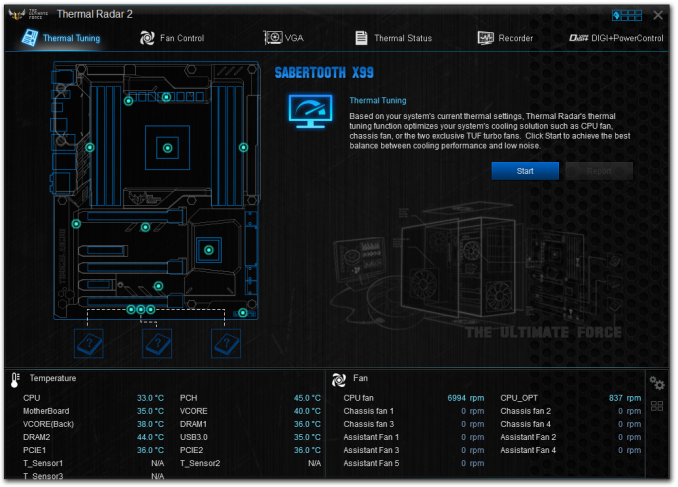
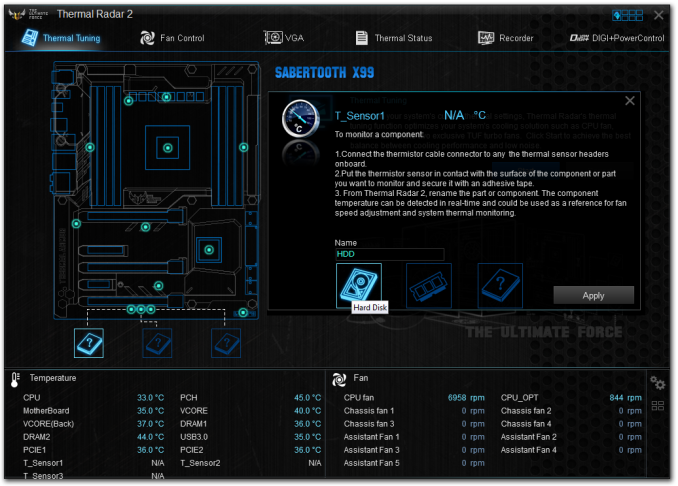
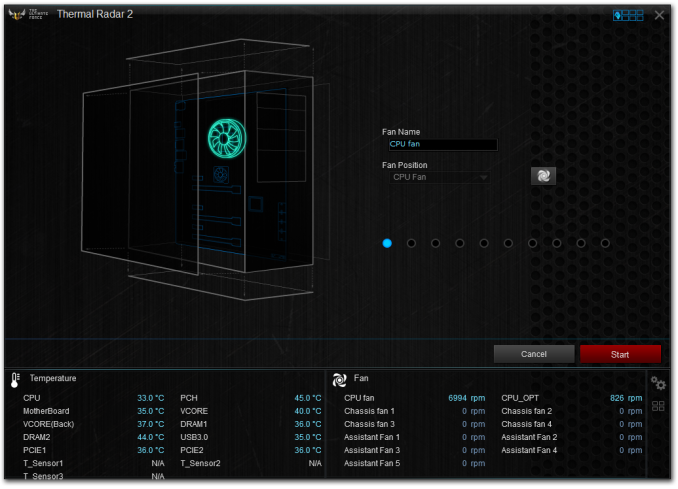
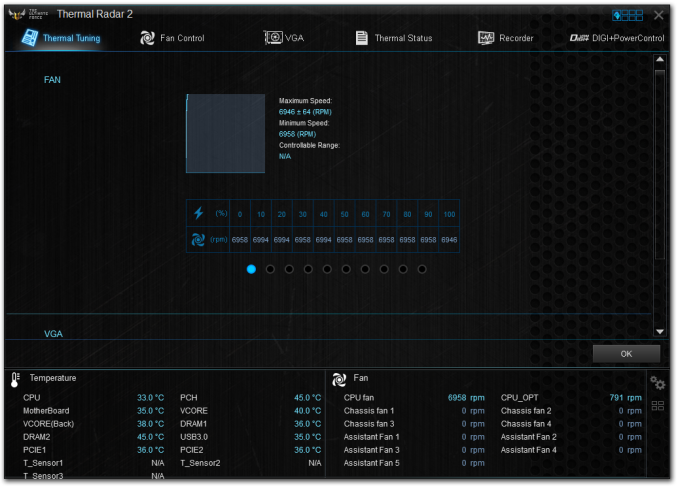
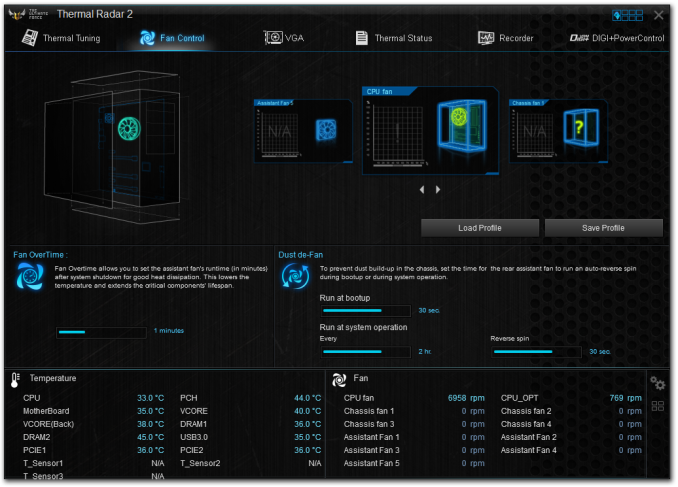
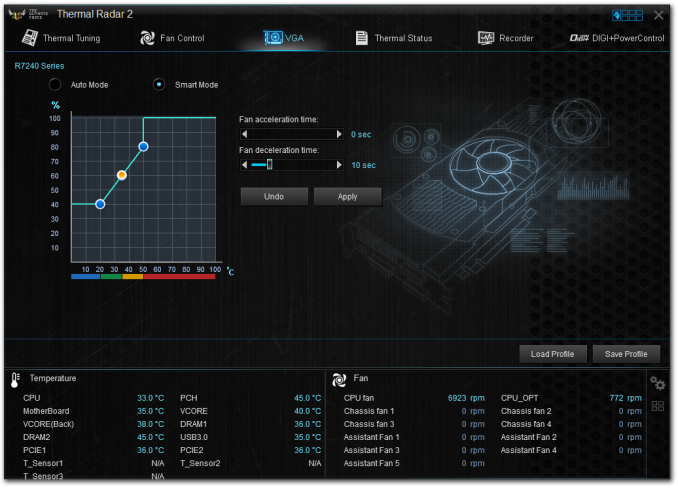
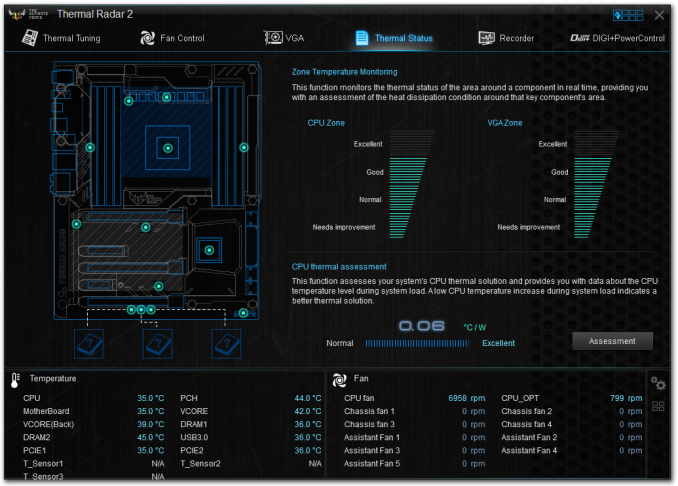
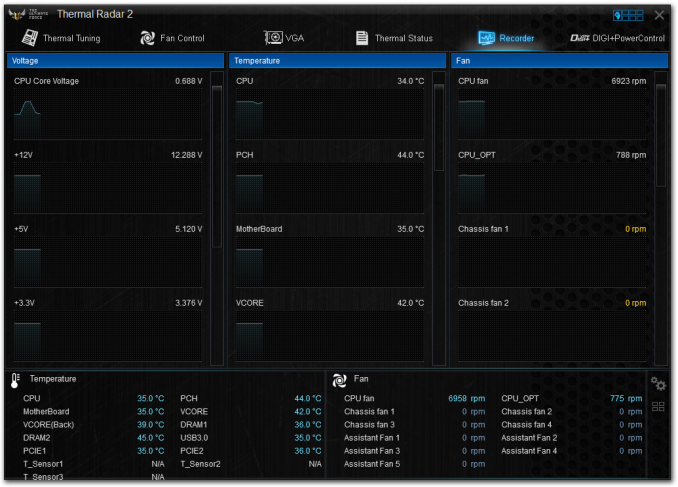
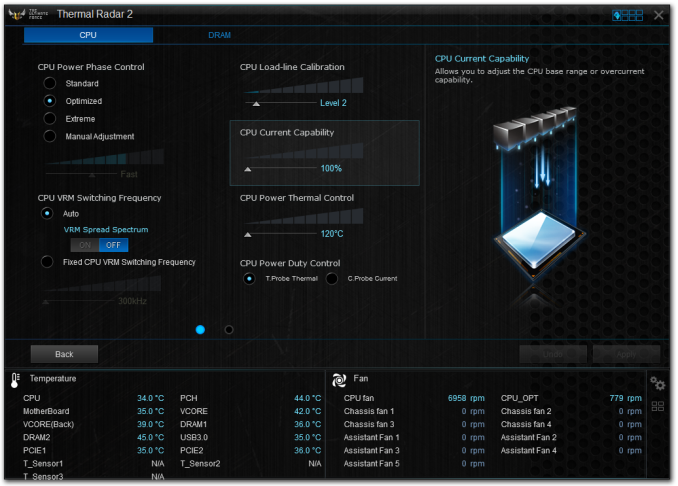
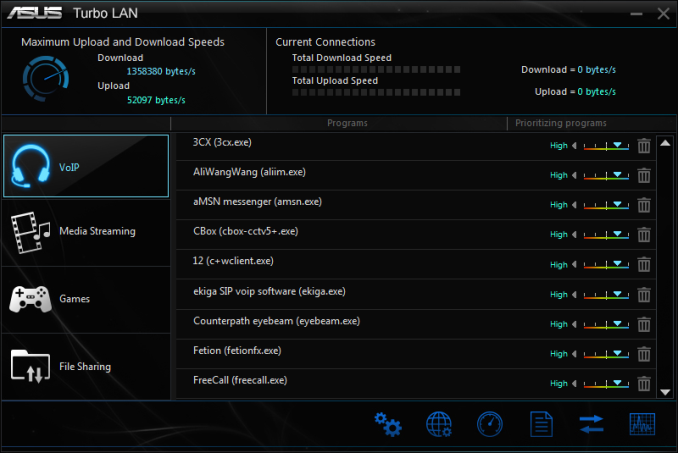
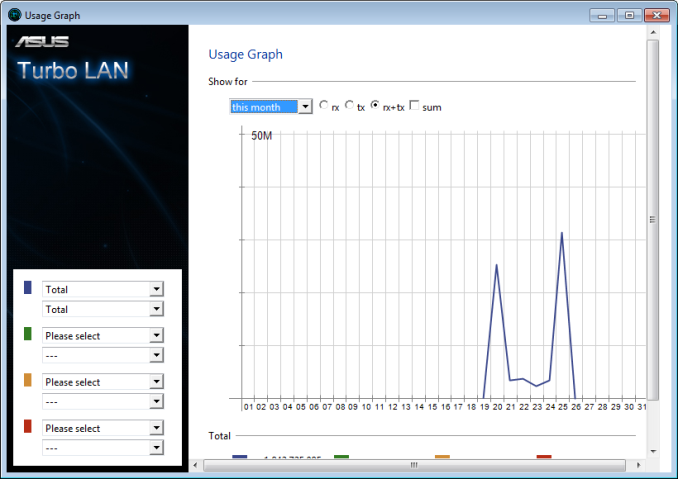














57 Comments
View All Comments
s0urce - Thursday, July 23, 2015 - link
View that users post history, clearly a novice OCer. Shit can happen when you OC, especially when you're using the jumper setting to allow such high voltage (which he used, and is not necessary). I'm running the x99 Sabertooth without a hitch. Great board, there will always be noobs.Achaios - Thursday, July 23, 2015 - link
If you had bothered to read the thread you'd realize that several different people had their CPUs destroyed by an ASUS X99 motherboard, including -but not limited to- Poster "66racer" an overclock.net Moderator and longtime overclocker.I believe that around 10 different people have had their CPUs destroyed by an ASUS X99 motherboard in that thread alone and dozens more in other forums all over the internet.
sonny73n - Friday, July 24, 2015 - link
"novice OCer" hmm... Nowhere on ASUS website or any MB manufacturer's site that I can see their MBs with OCing capabilities are built only for professional OCers and you were once also a noob.OCing is about trials and failures, often ends in frustration, to where you get that sweet spot between performance and temp with stability. MB makers should make sure it'll be safe for OCers to try new settings without frying other components.
I'm wondering why ASUS even have jumpers for CPU voltage increment while they have DIGI VRM (Digital Voltage Regulator Module) which can be controlled via software? And why would they allow such extreme voltage pumps into the CPU on this board which is 1.825v?
Despite some flaw and if money isn't a factor, I would still prefer ASUS's over any other MB.
Makaveli - Wednesday, July 22, 2015 - link
The x99 chipset hasn't even been out a year."i have SIX asus X99 boards and they run flawless for years"
do you have a time machine?
sonny73n - Wednesday, July 22, 2015 - link
Haha... Good one.sonny73n - Wednesday, July 22, 2015 - link
"i have SIX asus X99 boards and they run flawless for years."What a big fat lie! Lol
Since 2002 I've only built systems with Intel CPUs so I can't speak for AMD's. As far as I know, it's nearly impossible to kill modern Intel CPUs by overclocking, even for an amateur, because Intel have excellent safety measures for their CPUs. Sometimes the system won't even boot if you had some crazy settings, unless there's a design flaw with the motherboard. Moreover, Asus have their Ai overclock settings in most of their MBs and some overclockers probably tried that with too high of settings and fried their CPUs.
I'm an addict when it comes to overclocking and I think "easy" or "1-click" overclocks that come with the BIOS for general CPUs aren't good enough. Especially when it automatically provides the voltage it thinks necessary for the CPU frequency I set. Nevertheless, CPU should not be fried when AI OC settings is used, regardless how ridiculous the settings are, because after all, the MB manufacturers are the ones who put those settings in there, they should have safety measures and they're also the ones who designed voltage regulations for the CPUs. So, when an OCer fries the CPU with MB settings, it's clearly the MB fault.
extide - Wednesday, July 22, 2015 - link
Uhh you can EASILY fry a chip with too much voltage.tabascosauz - Wednesday, July 22, 2015 - link
AI Tweaker is pretty questionable. A friend had a 3570K on a stock cooler; AI Tweaker applied some pretty high voltages to achieve 4.2GHz, and by the time he reported it to me his 3570K was in the deep fryer nearing 100°C and his VRMs were burning up (he had an LE board so only half the MOSFETs had a heatsink). I wouldn't trust Asus' OC software with any of my CPUs.tabascosauz - Wednesday, July 22, 2015 - link
Also, once you get far enough past 1.5V, it can be an insta kill for any Haswell CPU.sonny73n - Thursday, July 23, 2015 - link
No one can apply 110V to the CPU via the MB, can't they? What I'm saying is MB manufacturers should always consider Intel specs and limit OCing voltages in their softwares. Just leave the rest for the CPU which will throttle or shut down when temp hits around 100C (95 to 105C). That's pretty safe bet to me.